The animal kingdom is full of incredible adaptations, but few are as mesmerizing as the ability to change color. From deceptive camouflage to emotional displays, temperature regulation to mating signals, chromatic transformation serves numerous vital functions for species across the globe. This remarkable ability—scientifically known as physiological color change—allows animals to modify their appearance rapidly, sometimes within seconds. Unlike seasonal color changes that happen gradually, these instant transformations rely on sophisticated biological mechanisms involving specialized cells called chromatophores. Let’s explore 13 wild animals that have mastered this extraordinary skill, turning color-changing into both a survival strategy and a communication tool.
The Common Chameleon (Chamaeleo chameleon)
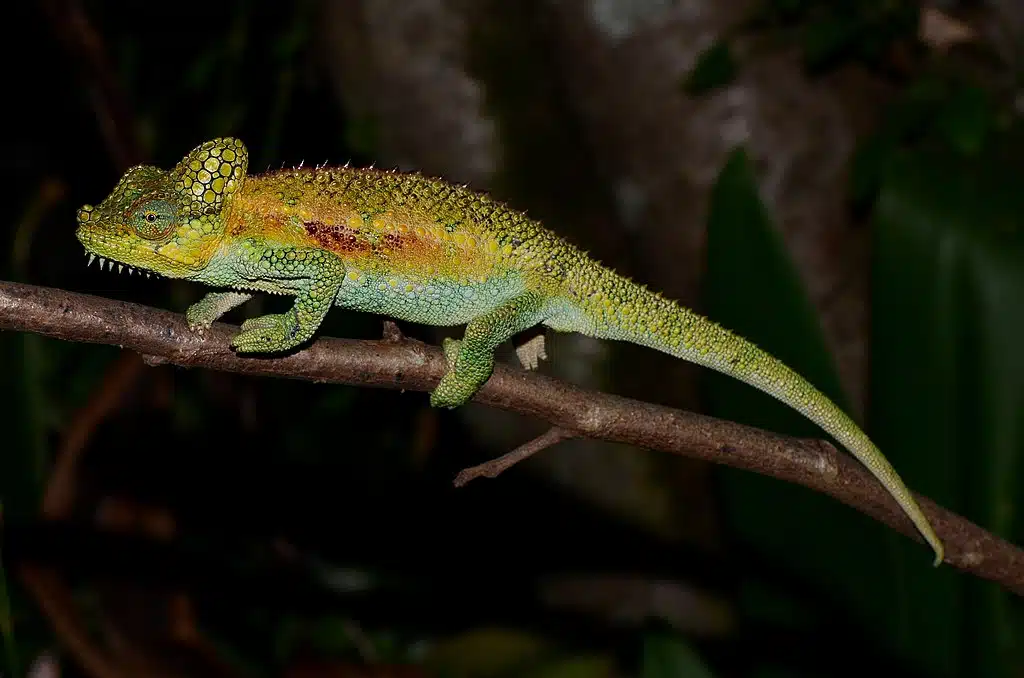
No discussion about color-changing animals would be complete without the chameleon, perhaps the most famous chromatic shifter in the animal kingdom. Contrary to popular belief, chameleons don’t primarily change color to match their surroundings. Instead, their color shifts reflect their emotional state, temperature, and communication needs. The common chameleon can transition between greens, browns, blues, and even vibrant reds using specialized cells called chromatophores that contain pigments. These cells can expand or contract to reveal different colors. The transformation can occur in as little as 20 seconds, making it one of the most rapid color changers among vertebrates. Male chameleons often display bright colors during mating rituals or territorial disputes, while stress or fear typically triggers darker coloration.
The Caribbean Reef Squid (Sepioteuthis sepioidea)

The Caribbean reef squid elevates color-changing to an art form, capable of displaying multiple colors and patterns simultaneously across its body. Using sophisticated skin cells called chromatophores, leucophores, and iridophores, these cephalopods can produce an astonishing array of colors and even polarized light patterns invisible to the human eye but visible to other squid. What makes reef squid particularly remarkable is their ability to display different patterns on opposite sides of their bodies—they can show aggressive patterns toward a rival male on one side while simultaneously displaying courtship patterns to a female on the other side. This color communication happens in real-time, with changes occurring in fractions of a second, making the Caribbean reef squid one of the ocean’s most sophisticated visual communicators.
The Common Cuttlefish (Sepia officinalis)

Often called the “chameleon of the sea,” the common cuttlefish possesses unparalleled color-changing abilities among marine creatures. These cephalopods can reproduce almost any background with perfect precision, thanks to up to 200 specialized chromatophores per square millimeter of skin. Unlike most color-changing animals, cuttlefish are completely colorblind, yet they can match their surroundings with remarkable accuracy by detecting the contrast and texture of objects. They change color not only for camouflage but also to communicate complex messages to potential mates or rivals. The common cuttlefish can produce moving bands of color across its body, hypnotic displays during courtship, and even false eyespots to confuse predators. Their color transformations occur within 700 milliseconds, making them among the fastest color-changers in the animal kingdom.
The Mimic Octopus (Thaumoctopus mimicus)

The mimic octopus, discovered relatively recently in 1998 in Indonesia, takes color-changing to extraordinary heights by not only changing its color but also its shape, texture, and behavior to impersonate other marine creatures. This remarkable octopus can transform into at least 15 different animals, including sea snakes, lionfish, flatfish, and jellyfish. Using specialized muscles beneath its skin, the mimic octopus can create raised areas, spikes, or smooth surfaces while simultaneously changing color to complete the disguise. What makes this animal particularly impressive is the contextual intelligence behind its transformations—it selects which animal to mimic based on the specific threat it faces. For instance, when confronted by damselfish, it may impersonate a banded sea snake, a natural predator of damselfish. The mimic octopus’s color changes happen almost instantaneously, often within less than a second.
The Golden Tortoise Beetle (Charidotella sexpunctata)
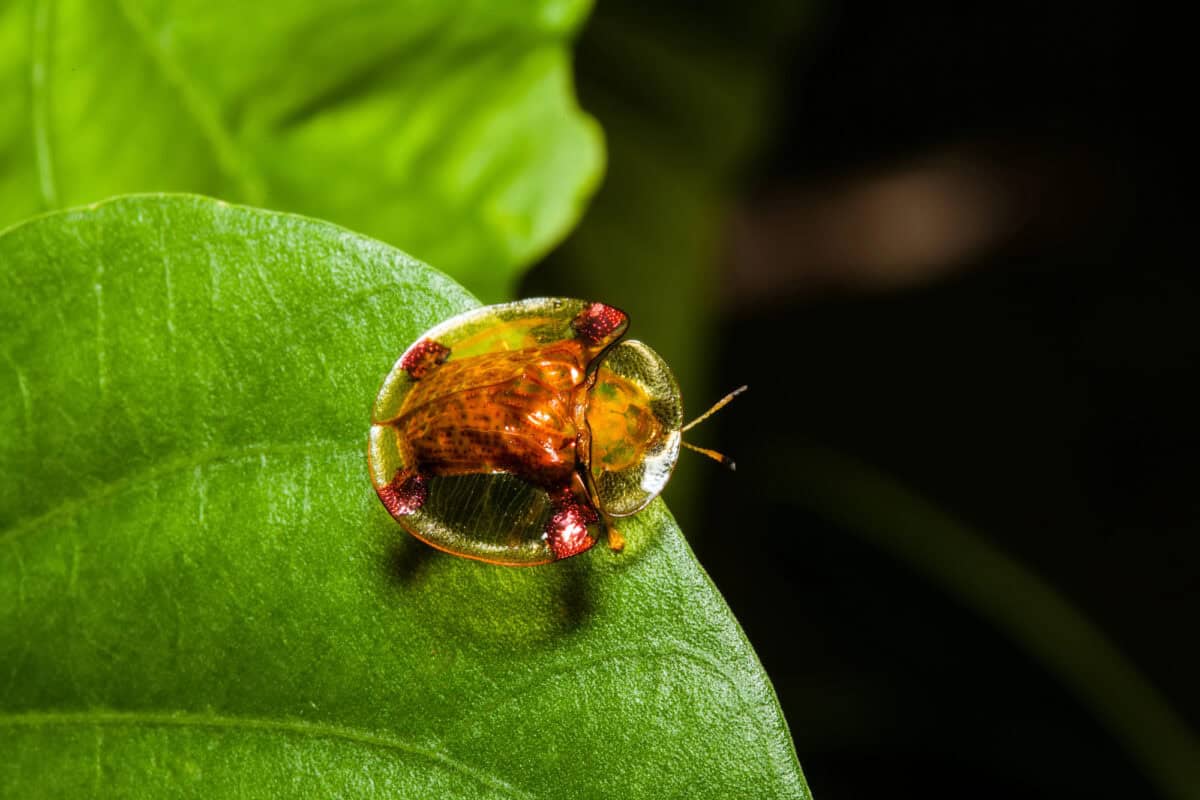
This small beetle demonstrates that impressive color-changing abilities aren’t limited to large or aquatic animals. The golden tortoise beetle can transform from a brilliant, metallic gold to a spotty reddish-brown in just about 2 minutes. This remarkable ability comes from microscopic valleys in the beetle’s exoskeleton that contain fluid. When the beetle is relaxed, this fluid fills the valleys, creating a mirror-like surface that reflects light to produce the gold appearance. When disturbed or during mating, the beetle drains this fluid, revealing the reddish-brown layer underneath. Research suggests these transformations may act as warning signals to predators or play a role in thermoregulation. The beetle’s ability to go from appearing like a drop of liquid gold to a dull, spotted insect provides it with versatile camouflage options in its leafy habitat.
The Smith’s Dwarf Chameleon (Bradypodion taeniabronchum)

While all chameleons can change color to some degree, the Smith’s dwarf chameleon from South Africa deserves special recognition for its particularly rapid and dramatic transformations. Unlike larger chameleon species, this tiny reptile (growing to only about 3-4 inches) can shift its entire color palette in mere seconds. Research has shown that these chameleons primarily change color for social signaling rather than camouflage. Males display bright colors to attract females or warn rival males, while females signal receptiveness or rejection through color changes. What makes this species unusual is its ability to produce ultraviolet signals visible to other chameleons but invisible to many of their predators, creating a secret communication channel. Their skin contains a unique lattice of guanine nanocrystals that can be reorganized almost instantly to reflect different wavelengths of light, enabling their remarkable transformations.
The Pacific Tree Frog (Pseudacris regilla)
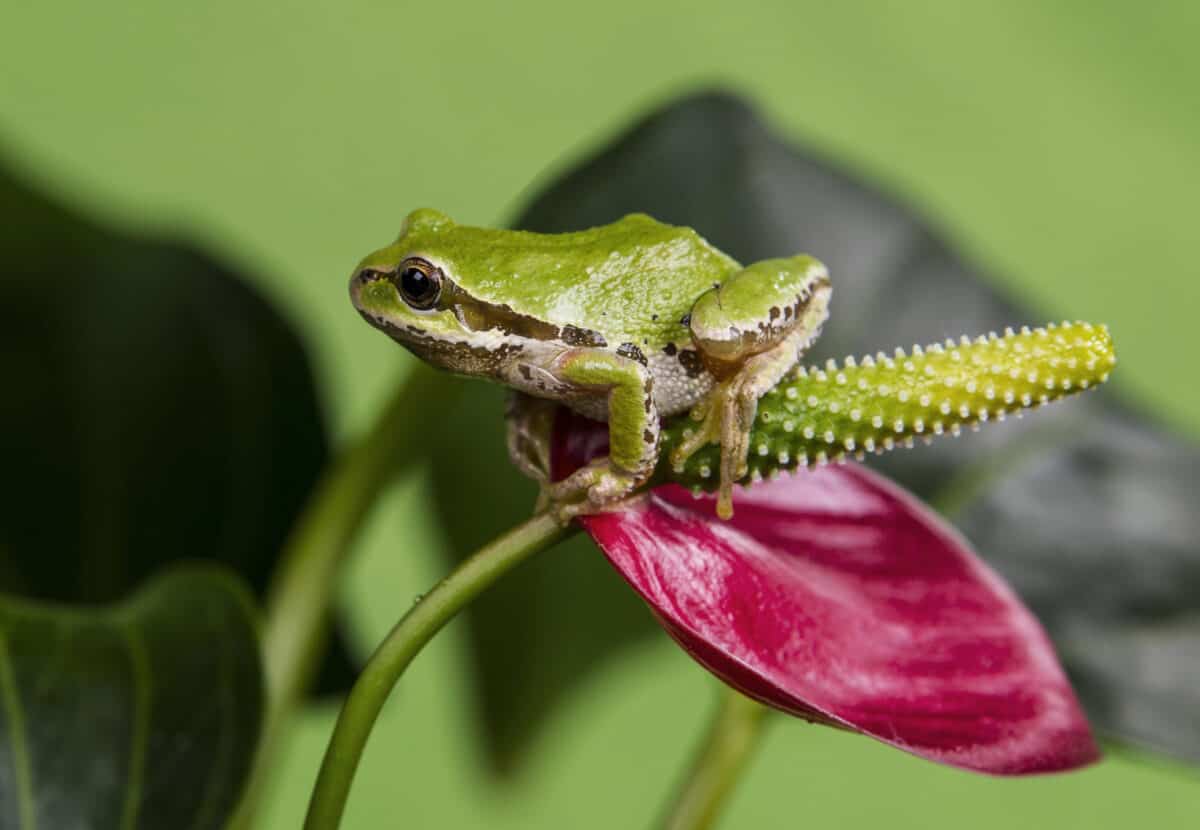
The Pacific tree frog demonstrates that impressive color-changing abilities extend to amphibians as well. This small frog, native to the western United States and Canada, can shift between various shades of brown, green, and gray to match its surroundings. Unlike the rapid changes seen in cephalopods, the Pacific tree frog’s transformations take place over minutes to hours, regulated by hormones that affect the concentration and distribution of pigments in their skin cells. What makes these frogs remarkable is their ability to assess their surroundings and select the most advantageous coloration. In experiments, Pacific tree frogs placed on dark substrates became darker, while those placed on light backgrounds became lighter. The color-changing mechanism helps them avoid both aerial and terrestrial predators by blending into tree bark, leaves, or forest floor detritus, showcasing how this adaptation serves critical survival functions.
The Flamboyant Cuttlefish (Metasepia pfefferi)
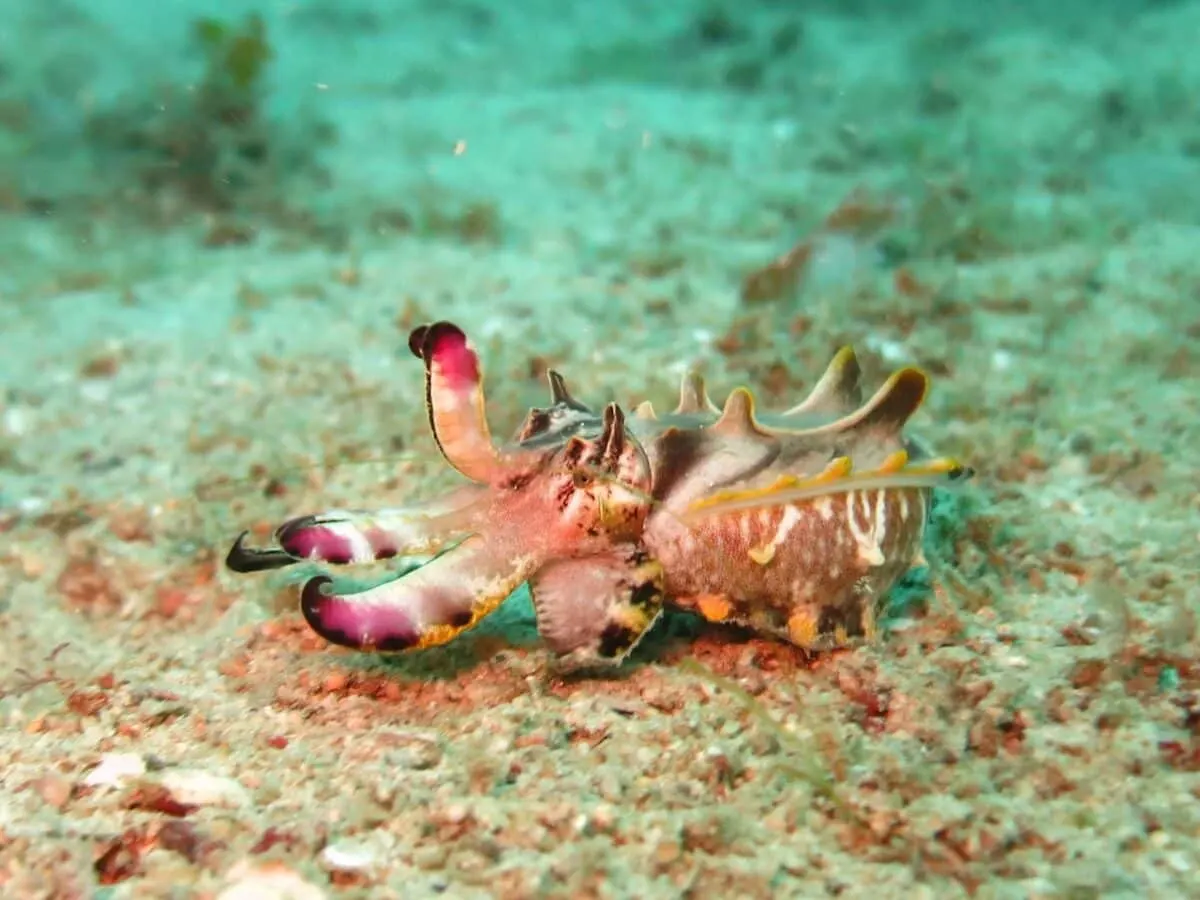
Despite its small size of just 8 centimeters, the flamboyant cuttlefish produces perhaps the most spectacular color displays of any cephalopod. Native to tropical waters of the Indo-Pacific, this cuttlefish can instantly transform from a drab brown when resting to a psychedelic light show of electric yellows, vibrant magentas, deep blues, and stark whites when active or threatened. Unlike other cuttlefish that rely primarily on camouflage, the flamboyant cuttlefish uses its dramatic coloration as aposematic (warning) signaling—advertising its extreme toxicity. Its flesh contains unique acids that make it one of the only toxic cuttlefish species. The flamboyant cuttlefish can produce waves of color that pulse across its body in synchronized patterns, creating an almost hypnotic effect. These color changes occur within a fraction of a second through neural control of millions of chromatophores, iridophores, and leucophores in its skin.
The Moorish Idol (Zanclus cornutus)

While not as well-known for color-changing as some other species, the Moorish idol—a striking reef fish found in tropical waters—possesses remarkable chromatic abilities that serve both defensive and social functions. When stressed, threatened, or navigating different light environments, these fish can rapidly shift from their typical bold black, white, and yellow banding pattern to a much more subdued, grayish coloration. This transformation occurs within seconds through specialized cells containing guanine crystals that can be dispersed or concentrated to alter light reflection. At night, Moorish idols universally adopt a muted color pattern that helps them avoid nocturnal predators. Research suggests their color changes also play important roles in establishing dominance hierarchies within schools and during mating rituals. Unlike many color-changers that use camouflage, the Moorish idol’s transformations help it navigate complex social dynamics in reef environments.
The Day Octopus (Octopus cyanea)
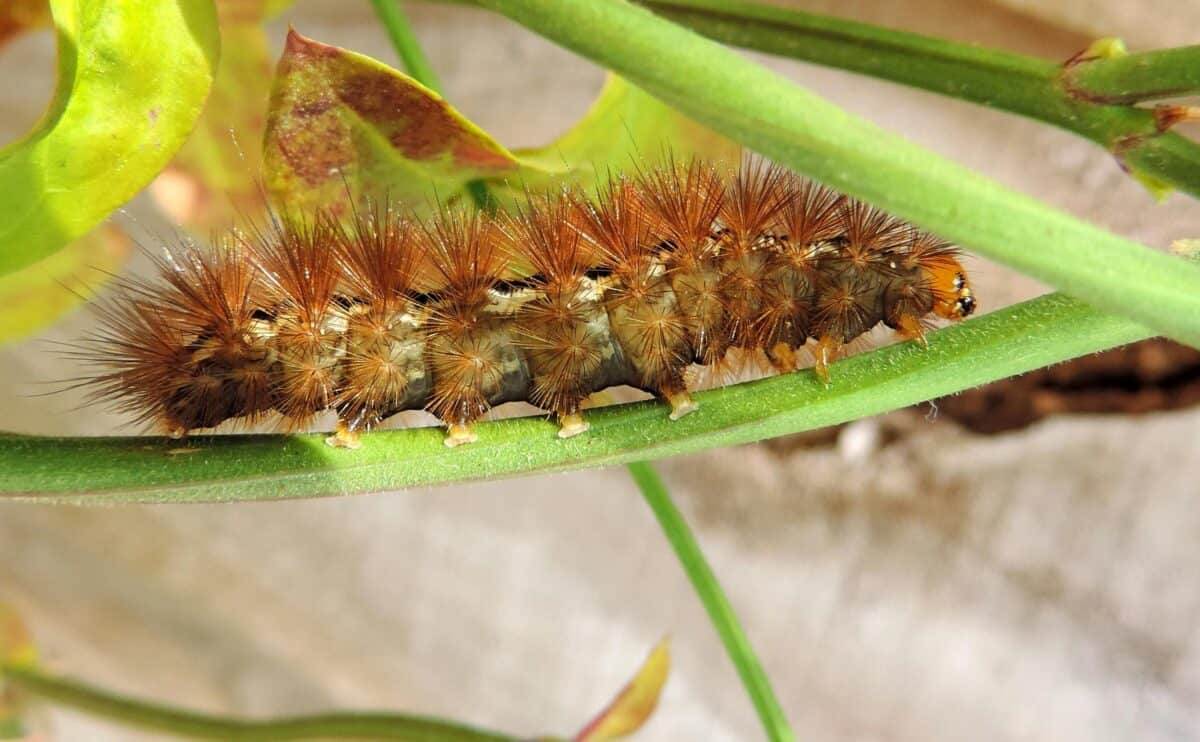
The day octopus, found in Indo-Pacific coral reefs, has elevated color-changing to an art form with transformations so rapid they appear almost like rippling waves across its skin. Unlike many nocturnal octopus species, the day octopus is active during daylight hours, necessitating advanced camouflage capabilities to survive in well-lit environments where predators have excellent vision. This octopus can match not just colors but also textures and patterns of its surroundings with astounding precision. It accomplishes this through a combination of chromatophores (pigment-containing cells), iridophores (reflective cells), and papillae (skin projections) that can be raised or flattened instantly. Researchers have documented the day octopus reproducing the appearance of over 15 different substrates, from coral to seagrass to sandy bottoms, often within less than a second. They can even mimic moving patterns like light filtering through water, creating dynamic camouflage that makes them virtually invisible to both prey and predators.
The Rock Goby (Gobius paganellus)
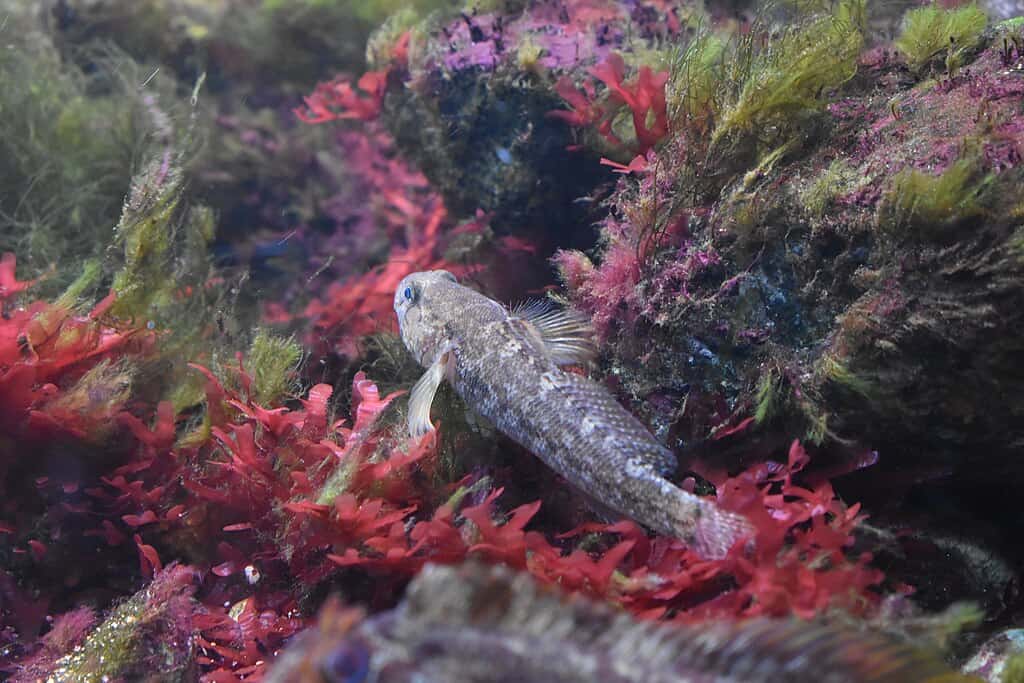
This small European coastal fish demonstrates that impressive color-changing abilities aren’t limited to tropical or exotic species. The rock goby can transform its coloration within 1-2 minutes to match the substrate it’s resting on, shifting between sandy beiges, rocky grays, dark browns, and even reddish tones when among seaweed. What makes this fish remarkable is the precision of its background matching, which helps it evade both avian predators hunting from above and marine predators searching from below. The rock goby possesses specialized melanophores (black pigment cells) and xanthophores (yellow pigment cells) that expand or contract based on visual input from the environment. Studies have shown that rock gobies raised in tanks with particular backgrounds develop color-changing abilities specialized for those specific colors, suggesting a learning component to their chromatic adaptations. This color-changing ability is particularly valuable for an intertidal species that must navigate environments ranging from open sandy areas to dark, rocky crevices.
The Peacock Flounder (Bothus mancus)
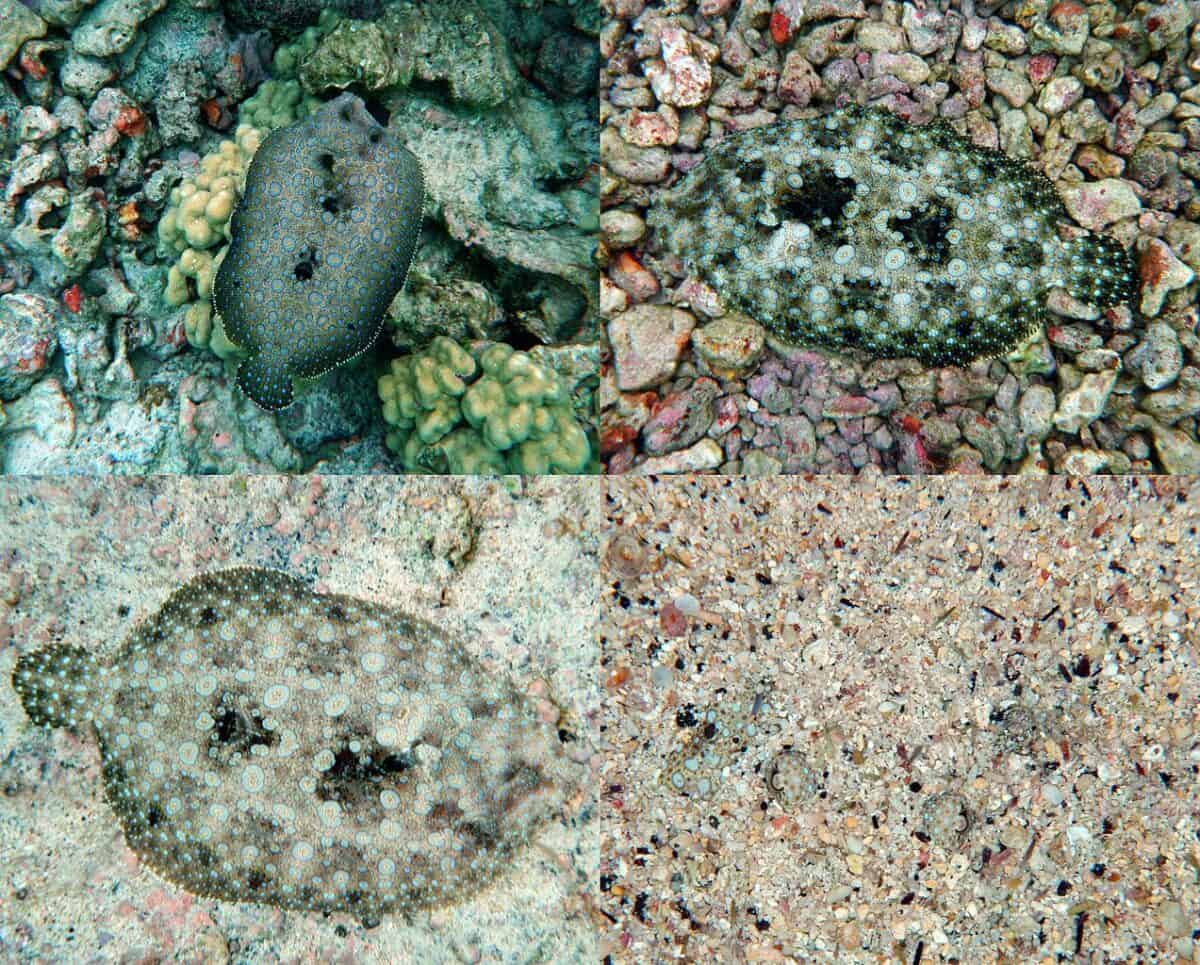
The peacock flounder demonstrates perhaps the most photographically precise color-changing ability among fish species. This flat-bodied fish from coral reef environments can replicate incredibly detailed patterns—including checker boards and polka dots in laboratory settings—with remarkable accuracy. Unlike many color-changers that rely on instinct, the peacock flounder actively uses vision to guide its transformations, as evidenced by experiments showing blind flounders lose this ability. The fish can match its background in 2-8 seconds, using specialized chromatophores that can produce yellows, blues, whites, and blacks in precise arrangements. What makes the peacock flounder particularly fascinating is its ability to anticipate color changes—when moving between different substrates, it begins changing color before reaching the new area. This predictive color-changing gives it a significant survival advantage when evading predators across varied reef environments. The flounder’s transformations are so effective that even when it’s pointed out in photographs, many observers still struggle to locate it against the reef background.
The West African Dwarf Crocodile (Osteolaemus tetraspis)

Perhaps the most surprising entry on this list, the West African dwarf crocodile possesses color-changing abilities that weren’t documented scientifically until relatively recently. Unlike the rapid transformations seen in cephalopods or chameleons, this crocodile’s color changes occur over a period of several hours in response to environmental conditions. During daytime hours, these crocodiles typically display a dark brown or black coloration that absorbs heat efficiently. As evening approaches, they can shift to a much lighter tan or yellowish coloration that provides better camouflage in the low light conditions when they hunt. The color change is accomplished through the movement of melanin within specialized cells in their skin. What makes this adaptation particularly fascinating is that it appears in an ancient reptilian lineage not typically associated with color-changing abilities. Researchers believe this trait helps these crocodiles thermoregulate efficiently while also providing predatory advantages in their forest stream habitats, demonstrating how this adaptation has evolved independently across diverse animal groups.
Conclusion: Understanding the Science and Significance of Animal Color Change

The remarkable ability to change color represents one of evolution’s most sophisticated adaptations, serving multiple critical functions across different species. The biological mechanisms behind these transformations vary widely, from the hormone-controlled processes in amphibians to the neurally-directed chromatophores in cephalopods. What’s particularly fascinating is how this trait has evolved independently in multiple lineages, from arthropods to fish to reptiles, demonstrating its powerful survival value. Beyond their biological importance, these color-changing animals capture our imagination because they seem to possess abilities that transcend normal physical limitations. Their adaptations remind us of nature’s incredible ingenuity and the countless evolutionary pathways that have produced specialized solutions to survival challenges. As we continue to study these remarkable animals, we gain not only scientific knowledge about biological processes but also inspiration for technologies ranging from adaptive camouflage materials to color-changing fabrics that respond to environmental conditions.
- 13 Wild Animals That Can Change Color Instantly - August 10, 2025
- 15 Facts About American Wildlife That Will Surprise You - August 10, 2025
- 12 Stunning Animals You Can Only See in the American Southwest - August 10, 2025

